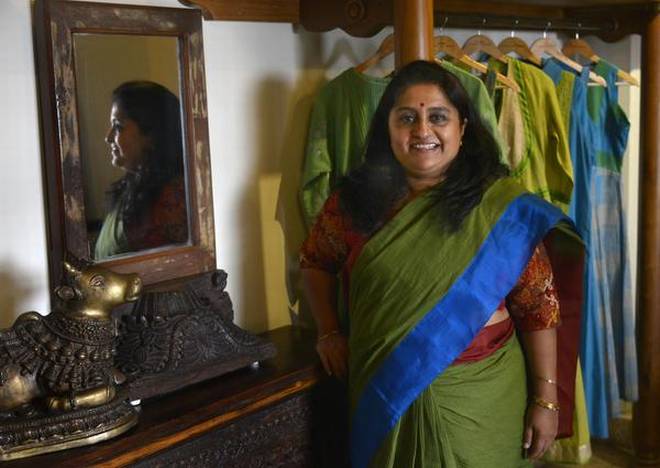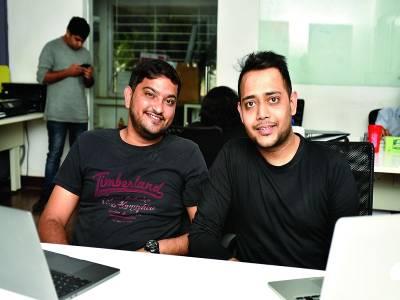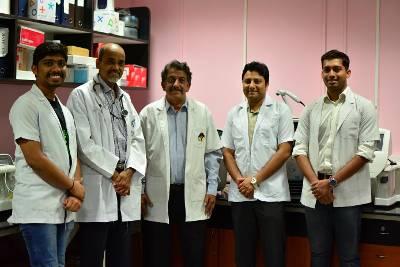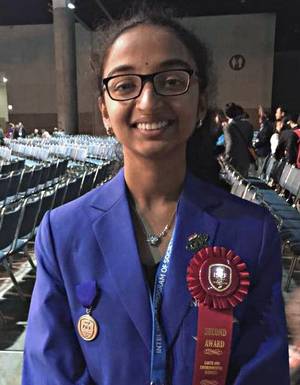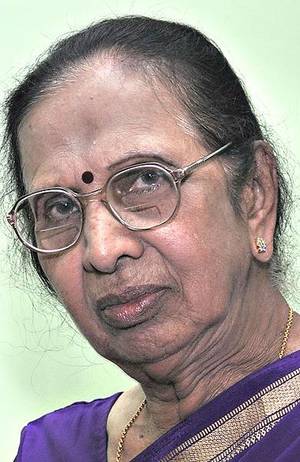Designer Latha Puttanna says you cannot duplicate the intricate handwork done over time through machines
From being a housewife and a beautician to one of the most-sought after designers, Latha Puttanna has had an interesting journey. This year, she celebrates 25 years of being a designer with an exhibition of over 100 hand-made designer blouses.
“I was already thinking out-of-the-box, drawing, sketching and executing the design on fabric. Marriage was the best thing to happen to me as I was just not interested in studies. I was just 16 then,” she says with a laugh.
Latha gave up her salon as she felt “stagnated in it” and started “designing my clothes. Whatever I wore was appreciated and friends and family asked me to makefor them too. As an experiment, I designed 80 salwar suits and had my first exhibition in 1992. They were all sold out. That is how my label – Latha Puttanna – came into being. What you see today is a result of my passion and a quarter century of experience. It is not a by-product of any training. The very essence of being an Indian is the USP in my designs. We have such a vast range of textiles and heritage. I am inspired by that.”
Latha has always worked with natural fabrics. “Embroidery is my biggest strength. Today it is hard to find skilled craftsmen, but every design or thread work comes with a piece of history, be it the fabric or the crafts used. They are priceless and can be handed down to the next generation too.”
Latha says the blouse she is wearing has embroidery from “over 25 years ago. This was originally used on a kurta. I cut off the sleeves as the work is priceless and has every kind of embroidery on it. Then I attached it to a new blouse and I got a new design. The blouses that we will display has one style of thread work taken from this very blouse and worked in varied designs.”
Latha says the exhibition is a “tribute to all that I have done over the years, to the people who have worked with me and to our rich culture and heritage.”
When asked about the focus on blouses, Lata says, “People have always asked me for blouses and I tell them it is attached to this sari or that. I felt the time now was right to display the wide range of blouses we have created. Women can buy, mix and match and wear them with the saris of their choice. The best part of our blouses are that they can be worn on a western skirt or a ghagra, with pants, palazzos or saris. You can match them up and go completely ethnic or blend it with western wear, the choice is yours.”
“The sad thing is that today, in the fast-paced world, everything is done in a jiffy, from food to designs. So people are losing out on our rich textile history. You can’t duplicate this intricate handwork done over time through machines. I find it hard to cope with that mentality. People are willing to shell out huge amounts for clothes that are mass produced. But with us, every piece has a story attached. So you are wearing a slice of history when you drape our saris or blouses, so why not invest in a design with a story?”
The exhibition offers over 100 blouses with unique designs. The blouses are priced at ₹4,000 upward and come with Kalamkari prints for lining “so that even the inside looks gorgeous.” Various peek-a- boo openings are in the back with aari work, zardosi and silk patchwork. The venue is Arts village, opposite Bowring Institute, St Mark’s Road, on June 16 from 10 am to 7 pm. Call 7338335169 for details.
source: http://www.thehindu.com / The Hindu / Home> Life & Style / by Shilpa Sebastian R / June 14th, 2017
